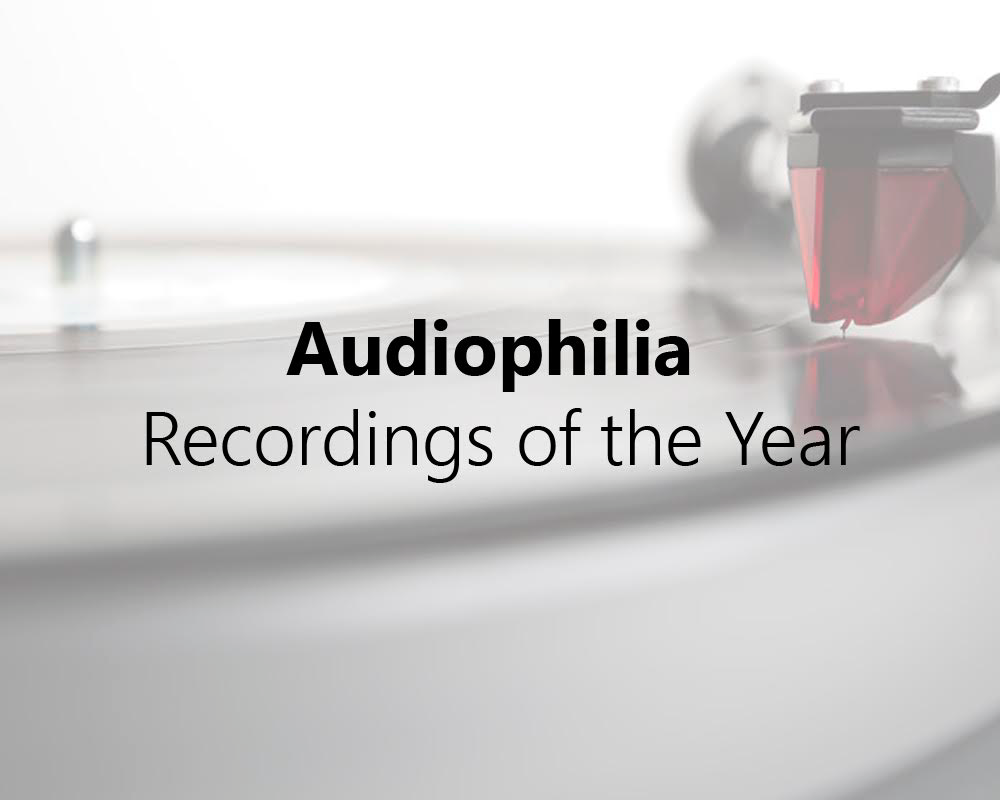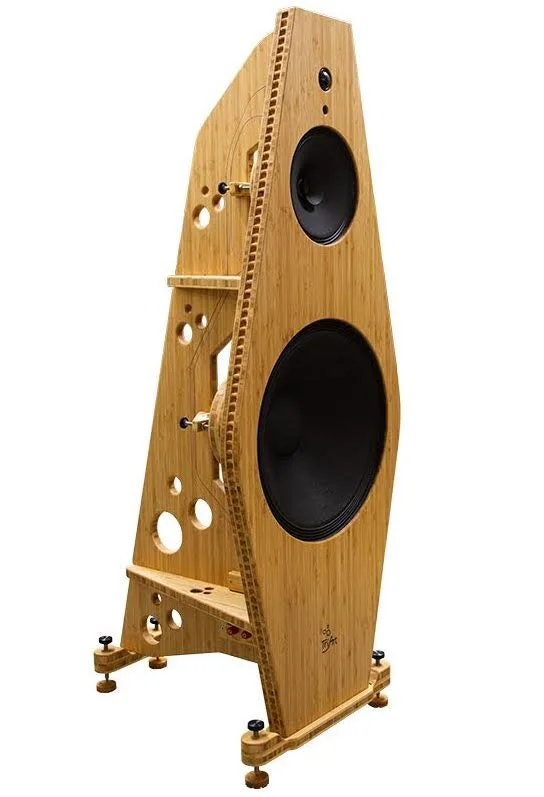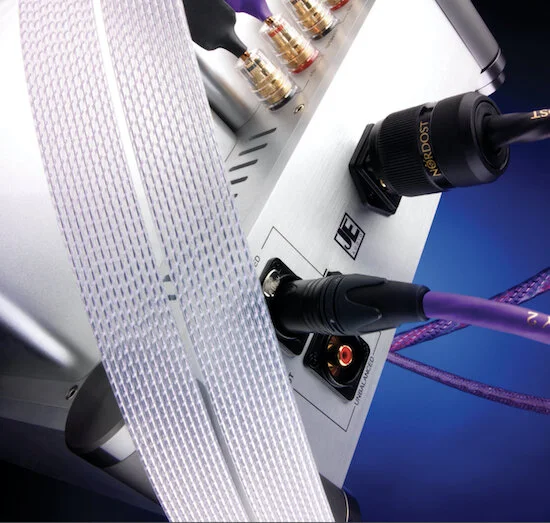I’m fascinated by phono stages, or, more accurately, ‘phono preamplifiers’. I commonly use the term ‘phonostage’, and will do so herein.
I can remember back, after a flirtation with the ingenue Compact Disc, I bought a cheap, 2nd hand Direct Drive Sony Turntable. I can’t remember what I used as a phonostage. But, I do remember the exact moment when listening to the Sony I knew I had been missing something compared to the early, heady days of the CD and my burgeoning audiophilia.
First on the Sony platter was a beaten up, unremarkable CBS pressing of Murray Perahia playing Mozart Piano Concerto K503. I’m not sure what ‘it’ was, but it was something. Something in the timbre, something in the music’s communication. The soul of the performance was present. Immediately, I was involved. I had musical skin in the game rather than listening to a CD, admiring from above the platform.



















